…but not because of the town itself. It’s quite a nice place.
No, Jeffrey Helton and myself (Marcus Plumlee), never thought we’d leave Harlan alive because of the following things: an adventurous and sometimes unfortunate road trip, intimidating construction materials we’d never worked with before, more physical labor that we’d ever even attempted in three days’ time, and, of course, a famous Darrell Scott song.
It all starts with the song.
I heard Patty Loveless’s cover of “You’ll Never Leave Harlan Alive” almost four years ago on my first full day in Kentucky. I was attending orientation for my freshman year at Berea College and sitting in the quad chewing on complimentary snacks. Appalachian music was playing over an intercom as uncertain students halfheartedly attempted to mingle. As “Appalachian” was a word I’d just learned to pronounce, I didn’t know much about the region’s music, nor did I really care to learn. That’s when I began to hear a banjo plucking a haunting, rhythmic tune before a mournful-sounding woman began to sing: “In the deep dark hills of Eastern Kentucky/that’s the place where I trace my bloodline…”
Somehow, without ever having been to this Harlan, Kentucky before, I was drawn in and could picture the song’s images and great sadness quite directly. That’s the power of a good song. I instantly knew that I loved the song and that I would enjoy more like it. I have since developed a great fondness for the regional music here, or as my supervisor, Danville, Kentucky-native Candace Mullins calls it, “mountain music”. However, my favorite song about the region will always be “You’ll Never Leave Harlan Alive”, because it was my first introduction to the beautiful magic and sometimes terrible tragedy of living in the rolling hills. The song’s chorus captures this dichotomy beautifully:
“Where the sun comes up about ten in the morning,
and the sun goes down about three in the day,
and you fill your cup with whatever bitter brew you’re drinking,
and you spend your life just thinking how to get away.”
Since working for Grow Appalachia in Berea, Kentucky, my love for the song and region have only grown. We often listen to the song in the office, trying to figure out which of the song’s many covers is our favorite. I have also had the opportunity to travel through more of Eastern and Central Kentucky than I had ever seen while attending the college. I’ve been to Pine Mountain, Hindman, Laurel County, and driven past Pikeville. I love the small towns snuggled into hill valleys and seemingly hidden from the rest of the world. Many of them have warm, homey areas that are quite nice and demonstrate their residents’ pride in their hometown—people making the most out of what they have. However, in many areas, the lack of job opportunities and other regional problems can make the mountains a very lonely and discouraging site to behold. I realized that the song—beautiful and sad—captures the nature of the region perfectly. It also made Harlan, Kentucky into some sort of tragic fairy-tale city for me, inseparable in my mind from the feelings evoked by listening to that song.
So I was very excited and half-jokingly apprehensive when our technical director, Mark Walden, recruited Jeffrey and myself to travel to Harlan with him and spend three days there to build several high tunnels for a family that lives nearby in Partridge, Kentucky. We’d helped Mark to put up the skeleton of one high tunnel before in the Grow Appalachia garden, but we’d never helped to build one from start-to-finish, no less three. We were also traveling along to document the process with still camera and camcorder for a short video (coming soon!) displaying Grow Appalachia’s process. Such a build was already daunting prospect for Jeffrey and me, labor-wise, but the added element of staying in Harlan imbued the journey with a sense of adventure, one might even say destiny.
Jeffrey and I arrived at the Grow Appalachia high tunnel workshop at 8 AM Monday before last to help Mark load up his truck and trailer with all the materials and tools we would need for our build. We loaded all the ground posts, hoops, plastic, doors, and tools, etc., packing everything neatly and strapping it down for safety. At about 10, we were packed, strapped, and ready to go. Until we hit a dip backing out of a driveway on our way to the interstate and heard a strange noise. We got out of the truck to look, and found that the tension created by the bent poles we use for hoops had begun to split the piece of wood on the back of the trailer keeping them in. Now the poles were all in danger of popping out and hitting us or spilling out into the road as we drove. It began to seem like we may not even make it to Harlan alive.
We spent three hours re-constructing the back of the trailer to make it safe for our two-plus hour road trip. I slept most of the way, but woke up for Harlan. The most surprising thing to me is that Harlan was actually a city in the valley–not just a main street or disconnected neighborhoods. From what I saw, Harlan had it going on. I could certainly feel something special about the place–Mark and Jeffrey didn’t agree–but I often have a romantic sense of things. When we checked into our Harlan hotel, I could see more elements from the song wherever I looked. All around the walls were black-and-white pictures of old coal mines and miners. Everywhere in Harlan–from its downtown restaurants to this chain hotel–the people remembered and took pride in their coal heritage. It’s an often harrowing and tragic heritage–Harlan has several coal miners’ memorials and museums–but an important part of their historical economy and identity all the same. One thing about Harlan that subverted my expectations was how modern it was. Harlan is obviously populated by hard-working people who are motivated to make something of their community and its resources. If presented with more opportunities and resources, they would certainly make much of it. This seems to be true of almost every place I’ve visited in Eastern Kentucky.
So, we only worked four hours in Partridge (about a half-hour drive from the hotel) that first day–meeting the family we were building high tunnels for, measuring out the space, hammering in ground posts, even putting in the first row of hoops. When we first met the family, Mark asked them about the path of the sun in winter, so he could best determine where the high tunnels would receive the necessary light quantity during the colder months. The household’s mother turned around, pointed at the tree line, and said that the sun begins to peek over the trees “about ten in the morning.” Just like the song! It was a special moment. See, for those not from the area, the reason why, according to the song, that the sun rises at 10 and goes down at 3 is because it takes longer for the sun to rise over the mountains and trees to the valleys where the people live. And I could certainly feel the benefits of that arrangement. The land was often light, but not bright, and generally remained cool under the shade of trees, hills, and clouds. This could also create problems, too, it’s easy to surmise. High rates of depression and drug usage in the region are sometimes attributed to the shortage of direct sunlight, especially during the winter. None of that seemed to bother this family though. Some people just thrive in the solitude of the hills. They had three running and jumping young children, a wide yard, beautiful garden, many animals, and a relaxed lifestyle that seemed quite perfect.
We spent every ounce of sunlight they next two days working on the high tunnels. Let me make something clear: I have no construction experience. I’ve never worked physically harder over the course of three days (I generally live in the office), or done more things I’d never done before in the same time span. And it felt good. I loved working in the mild mountain weather all day, tracing the sun’s stroll across the sky. It was difficult work, but rewarding, especially knowing this family (who was so very excited about their high tunnels) could easily grow enough food for themselves year-round with the addition of our construction, and possibly grow enough to supplement their income at farmers’ markets.
On the third day, it was raining off and on and we realized we wouldn’t be able to finish the tunnels in time. So we’re going back this Friday to finish the job (and take more pictures)! Needless to say, I left Harlan alive, and I’m even going back again. It’s a beautiful town that has its troubles just like any place. I’m proud to be part of an organization the helps people in this region have the opportunity to help themselves. It seems that one song inspired me in more ways than one. My only regret from our journey is I didn’t get to tour Harlan much. However, on the second night, we dined in a downtown Harlan restaurant called, “The Portal”, referring the the circular openings in the hills coal miners enter. There, on the menu to my surprise, was a drink called a “Bitter Brew”. I knew I had to order it, and did. Now I’ve lived many parts of the song I heard on my first day in Kentucky. I have a pretty cool job.

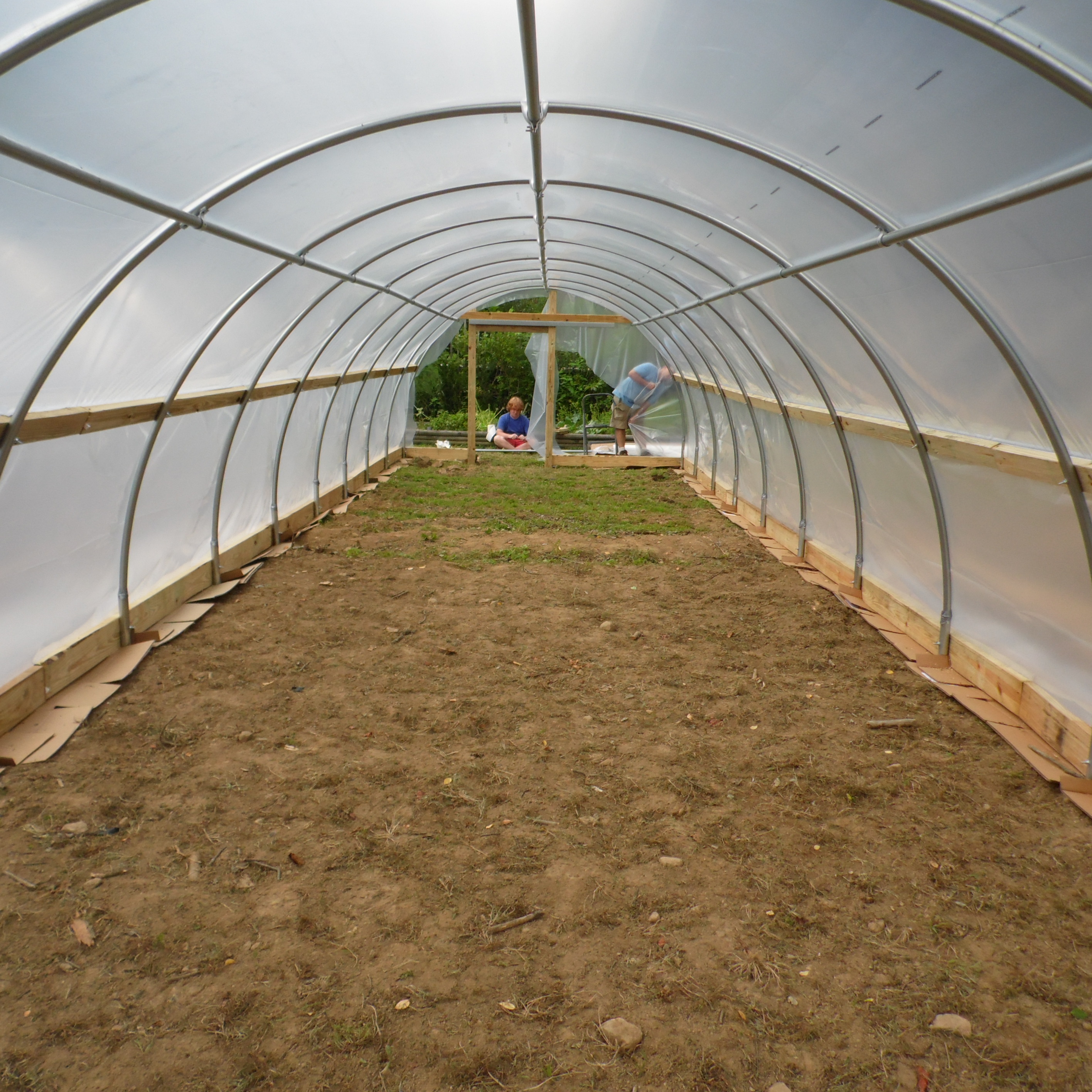


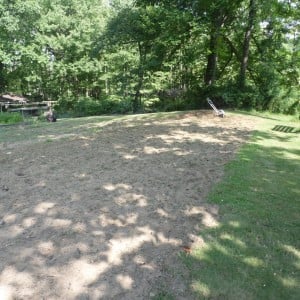
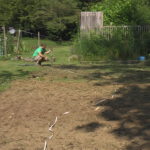
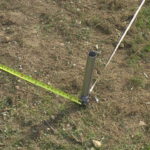
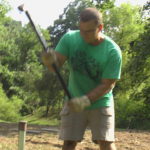
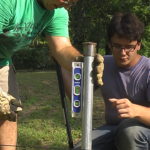

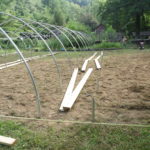


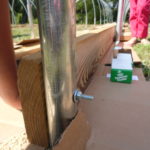
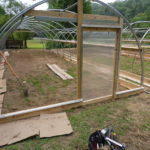
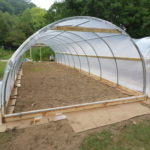
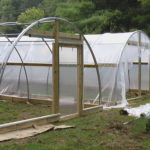
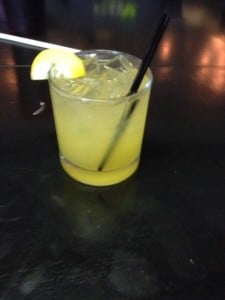

Marcus, this is a great post, and I really like your incorporation of media. (You’ll have to show me how you managed to get the song in the post.)
Of course, you didn’t even include all of the cuts and scrapes that we accumulated on our journey. I brushed my forearm against a hot drill bit, and the wound is still hanging around. And Harlan’s not done with us yet!
By the way, I personally prefer the original version of the song. Darrell Scott’s voice is both fragile and powerful, which I think is perfect for that dichotomy that you mentioned.
The hoophouses look great, and this is beautifully told. Thanks for introducing me to a great song!